Executive Summary
Case Selection and Research Scope
Introduction
- Company Overview
- Problem Definition
Internal Analysis
- Suppliers
- Operation Process
- Broadcasting Process
- Customer Perception
External Analysis
- Regulation
- Competition
- Technology Trend
Recommendation
- Inbounding Strategy
- Branding Strategy
Conclusion
References
Appendix
Overview
If we see the sequential chain in the value creation process, there are three major participants with some of intermediaries among them. So for the internal analysis, we will see how products would be conveyed to customers from suppliers and investigate each activity of the participants.
The first player dealing with the products are suppliers, and they deliver their products either directly to home-shopping companies or indirectly to them through vendors. Up on these situations, the sales commission structure can be changed. Also, each home-shopping company makes its own decision for delivering the product to customer with efficient and effective plans. In this stage, we need to think about the existence of local cable TV stations which utilizing the process of broadcasting and advertising activities. Finally we will suggest the result of survey for customers’ perception for the five home-shopping companies.
Suppliers
There are two routes for suppliers to sell their products to home-shopping companies. One is indirect procurement and the other is direct procurement if we see the two routes from the perspective of the home-shopping companies. The former is the way to use vendor, the intermediary between suppliers and the companies, so that it can burden to suppliers by paying additional commission fee to those vendors. On the other hand, relatively big suppliers have the capability to directly sell their products to the companies.
As a matter of fact, one of the most critical factors for the relationship between suppliers and home-shopping companies is commission, which is a term indication sales commission in this distribution industry. For example the concession level for three different channels: department stores, discount stores, and home-shopping are around 36%, 24%, and 38% for each in 2009. Here, we can see home-shopping firms are taking relatively high concession compared to other two channels.
And for the concession comparison among industry for the five home-shopping companies: GS, CJ, Hyundai, Lotte, and NSS, the concession rates are quite similar except Lotte. Lotte took almost 35%, and rest of four companies took around 33%. But one thing to notice is all of five firms were taking high concession from SMEs, which mean relatively small suppliers could have suffered from the burden of high concession by the pressure of home-shopping companies.
Home-shopping companies: Operational Process
In its operational process, there are basically three main considerations for the company. Firstly, the firm should select items to sell for achieving its target return and make a forecast for how much demand would occur for the sales activities. This action can be fundamental basis for further operational decision. Secondly, it needs to make concrete shape to perform the plan. Setting a brand image can be included in this step. Entertainment can also be one of the factors developing the plan in this phase. Finally, the last consideration is preparation of broadcasting to customers. This step includes all the services related to advertisement, for example, a company can prepare a show host or a few models for media screen.
Broadcasting Process
There are two types of local cable TV stations, so-called System Operators; one is subsidiary SO and the other is partial ownership SO. The difference of the two is that the relationship between home-shopping companies is stronger for the former than the latter. Thus the more a home-shopping company holds system operators, the better chance it gets to access on broadcasting.
In 2010, GS home-shopping sold subsidiary system operators which were located at Gangnam in Seoul, and Ulsan. It had two subsidiary and eleven partial ownership SO, so the total number of SO which GS home-shopping holds had reduced to eleven from thirteen. Currently CJ has twenty-seven system operators for the most, and the number of system operators for the rest are as follows; eleven for Hyundai, three for Lotte, three for NSS.





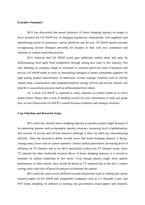
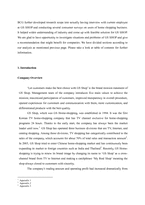
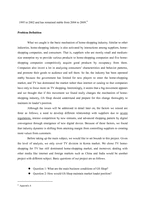
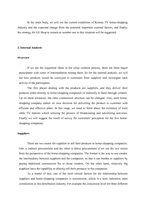
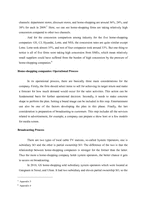


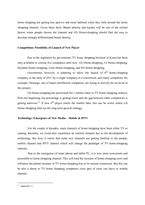
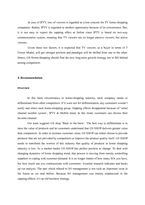
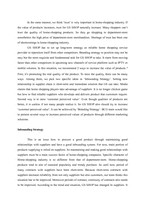
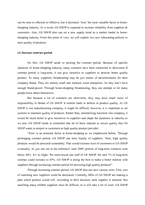

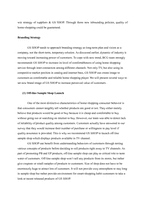
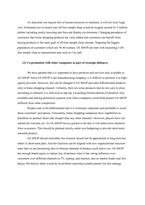
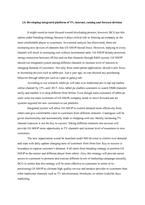


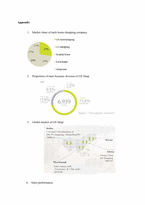
 분야
분야


